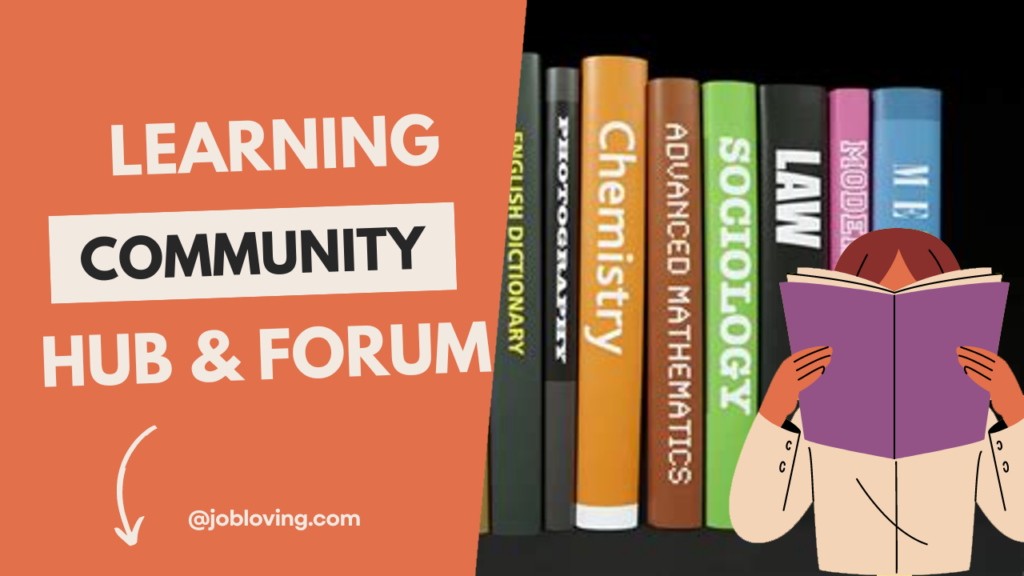Ever wondered what classes are the bread and butter of every high school curriculum? You know, the ones that practically every teen dreads but secretly loves? Let’s take a stroll down memory lane and explore the most popular high school classes that students grapple with (or skip) every day!
Quick answer: The basics of high school classes
Most high schools offer the same basic school subjects: Math, language arts, foreign language, science, social studies, health, and physical education (PE). Below is a list of the most common school subjects. However, individual schools may offer a range of specialized classes, such as mindfulness or engineering.
Now, let’s dig deeper into these subjects. Math typically covers everything from basic arithmetic to calculus, with students finding their math polarities: either loving it or lamenting it. Language arts is where students learn to read, write, and analyze literature, often fueled by caffeine and existential crises. Foreign languages aim to whisk students away to different cultures, often met with eye rolls for the ever-persistent verb conjugations. Science subjects—ranging from biology to chemistry—give budding Einsteins the chance to experiment (and maybe blow something up, just a little). Social studies classes delve into history and civics, a necessary evil to let students know how the world got to its current state—cue the collective facepalm. Meanwhile, health classes try to impart actual life skills, often with a slight chance of making kids feel a little too aware of their own self-care. Last but definitely not least, PE is where students get to run, jump, and challenge their classmates to see who’s the fastest (spoiler alert: it’s usually that one overachiever).
High schools might also throw in some exciting electives like art, music, and even unique options like mindfulness or coding to keep things fresh. So, whether you’re helping a teen pick their classes or just reminiscing about your own days, remember these are the courses that shape the future… one teenage eye roll at a time!
If you’re craving more insights or have any burning questions about high school life, don’t hesitate to join the JobLoving community where we dive deeper into education and careers. After all, who doesn’t want to be part of a dynamic crew that loves to learn and grow together?
Key takeaways about common high school classes
Core Subjects and Graduation Requirements
- High schools typically require core subjects: math, science, language arts, social studies, and physical education.
- Most states mandate four years of English language arts for high school graduation and college admission.
- Algebra and geometry are foundational math classes required in most high schools across the United States.
- Two to three years of science coursework, including biology and chemistry, are typically required for graduation.
- Physical education and health classes are essential for teaching students about fitness, nutrition, and mental health.
- Understanding graduation requirements is crucial for students to ensure they meet state and school-specific criteria.
- High school students typically take four years of math, English, science, and history classes.
- A balanced curriculum is essential for college applications, showcasing diverse expertise and potential.
Electives and Specialized Programs
- Elective courses allow students to explore interests beyond core subjects, enhancing their educational experience.
- Trade field studies provide hands-on learning opportunities, preparing students for vocational careers after high school.
- Specialized programs in high schools can include subjects like engineering, mindfulness, and advanced arts courses.
- Vocational education classes provide practical skills and career readiness for students post-graduation.
- Business courses like marketing and finance are increasingly popular among high school students today.
- Arts education, including music and visual arts, contributes to creativity and critical thinking skills.
Advanced Coursework and College Preparation
- Advanced Placement (AP) classes offer rigorous coursework that can earn students college credit if passed.
- AP courses are crucial for competitive college admissions and academic rigor assessment.
- Most competitive colleges prefer students who have taken 8-12 AP/IB classes during high school.
- The presence of AP courses can elevate a student’s academic profile to prospective colleges.
- Students should explore diverse subjects to discover their interests and strengths during high school.
- Taking a foreign language for at least two years is often a college admission requirement.
- Independent study options exist for students whose schools lack advanced class availability or variety.
Impact of Course Selection on Future Opportunities
- Students interested in specific careers should align their course selections with future educational requirements.
- Collaboration between parents and teens can lead to more informed decisions about course selections and future goals.
- High school curriculum choices can significantly impact SAT performance and college admissions success.
- Colleges often evaluate students based on available course selections rather than the number of classes taken.
- Limited course offerings can still lead to successful college admissions if grades are strong.
Overall Student Experience and Engagement
- Engaging in extracurricular activities alongside classes can enhance a student’s overall high school experience.
- College preparation courses should balance standard classes with challenging options to demonstrate academic rigor.
- Students are encouraged to consult suggested high school curricula from desired colleges for guidance.
- Advanced math classes enhance problem-solving skills, valuable for students pursuing entrepreneurship.
- Students interested in law should focus on language, history, and potentially Latin for terminology.
- High school physical education classes promote health and wellness, essential for student well-being and fitness.

